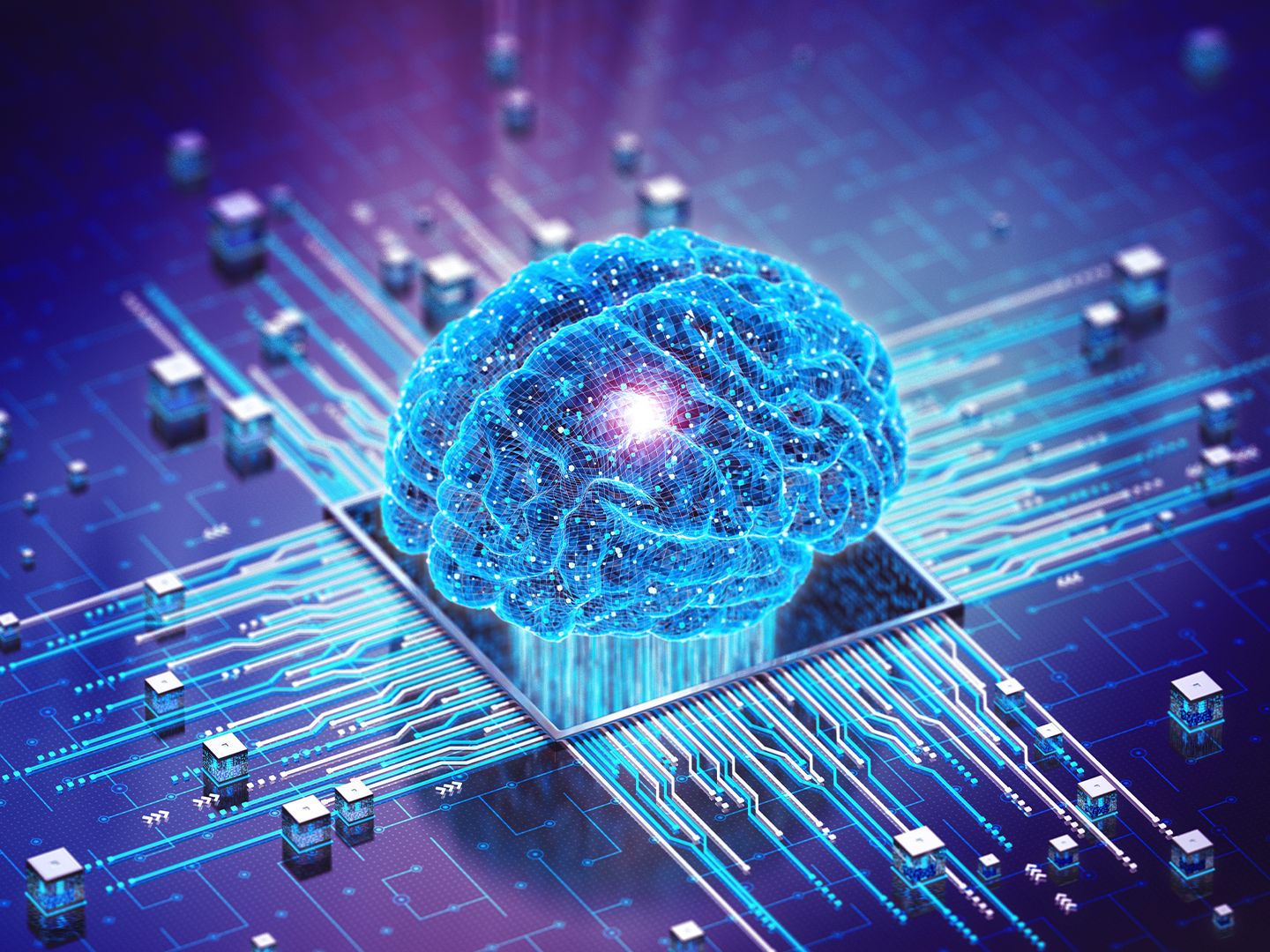The Silent Co-Author: Who Gets the Credit When AI Writes the Story?
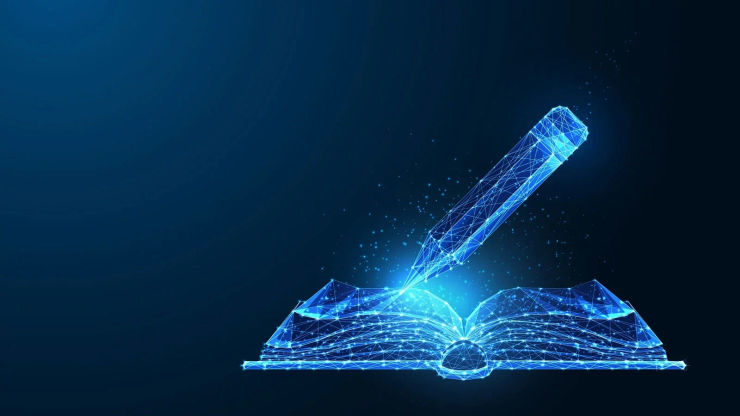
Some 5 years ago, every written piece on websites, long essays in research papers and even creative stories were the sole creation of a human, their creative flow and in-depth research skills. The question of originality was associated with stealing another human’s content: plagiarism.
Two years later, the question of the use of Artificial Intelligence in the generation of written content started to come up and soon, the conversation filled every discourse of writing and written text. Editors and readers started to doubt every piece: Could this be AI?
Five years later, the quiet revolution started, transforming the most human of arts, writing. The agents of this revolution do not suffer from writer’s block, they do not need caffeine in their blood flow to meet deadlines. They, in fact, do not crave bylines; they just want to write.
They are algorithms, the complex strings of code capable of generating everything from breaking news reports to marketing copy and even literary pastiche.
They began to find their way as the “it” tool in newsrooms, in academic spaces, in classrooms and many other spaces. The question of originality started to lean towards the tool, shifting its focus from plagiarism.
Now, here comes the big question: When AI writes, who takes the credit?
The answer is anything but simple, forcing us to re-examine the very bedrock of authorship, creativity, and intellectual property.
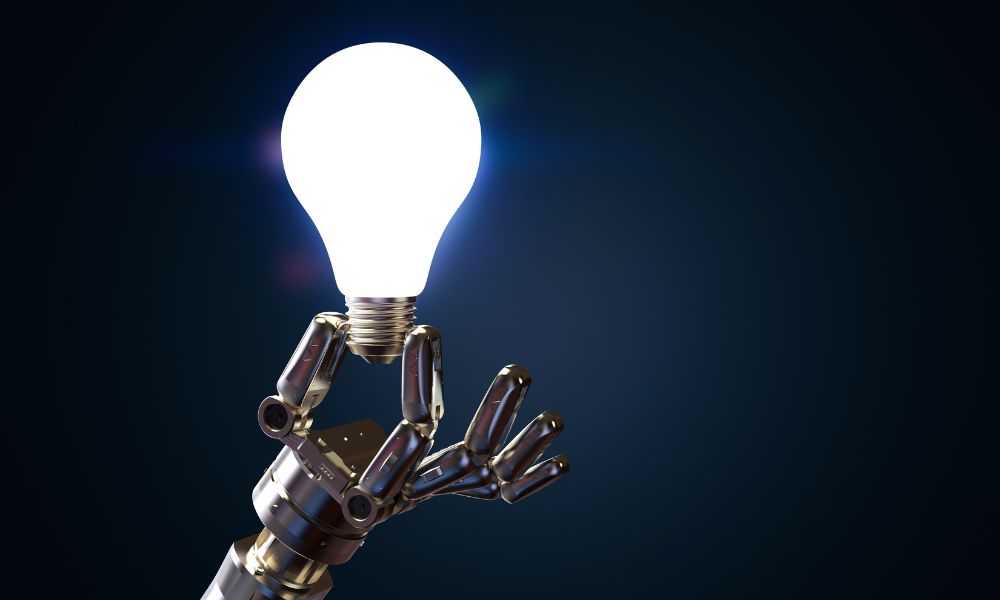
From Humble Helper to Prolific Partner
The journey to algorithmic authorship began subtly. It started with the squiggly red line under a misspelt word in your MS Word, the grammar checker offering a polite suggestion, and the predictive text finishing our sentences.
These were convenient tools, firmly under the writer’s control. But the landscape shifted quickly with the arrival of large language models powered by high Artificial Intelligence like ChatGPT, Claude, and Gemini. Suddenly, these systems were not just correcting, they were composing, drafting long and meaningful written piece.
Feels like a futuristic fantasy, right? Except that it is not. Media giants are already on board.
The Associated Press uses automation to generate thousands of corporate earnings reports each quarter.
In academic and corporate settings, research assistants and analysts use AI to summarise dense scientific papers or draft initial reports, freeing up time for deeper analysis.
The machine has moved from the workshop to the writer’s desk. The line between wielding a tool and collaborating with a partner has become perilously thin, raising what experts call the questions on credit appraisal.
Accountability in the Algorithmic Age
Historically, a byline is more than just a name. A byline is that seal of responsibility and ownership every writer carries.To claim authorship is to stand behind the truth of the words, the originality of the thought, and the potential impact of the piece. It implies accountability.
So, how do we assign credit to an entity that has no consciousness, no clear understanding of truth or falsehood, and no legal liability?
Let's reason together: a journalist uses ChatGPT to draft a foundational summary of a complex political scandal, which they then fact-check, expand, and infuse with original quotes and analysis. Does the AI deserve a contributor’s note?
A graduate student uses an AI tool to structure their literature review and suggest phrasing. Should the chatbot be listed in the bibliography?
A content marketer prompts an AI to generate ten blog post ideas, selects one, and then heavily rewrites the AI-generated draft until it matches their brand’s unique voice. Is the final product human-authored or AI-assisted?
We are grappling with this fundamental philosophical shift.
Dr. David Gunkel, a professor and author of Person, Thing, Robot,argues that while AI has become a "participant" in creation, it fundamentally "manipulates symbols" without understanding, making its output a statistical rearrangement of human creativity. The AI generates a draft; the human writer provides the soul and the meaning.
The Official Response: Citing the Unthinking Source
Recognizing this paradigm shift, the gatekeepers of academic integrity have been forced to act. Both the Modern Language Association (MLA) and the American Psychological Association (APA) have released preliminary guidelines for dealing with AI-generated content. Their stance is unified: AI cannot be an author.
The APA’s style guide explicitly states, “Credit of authorship applies to those who contribute to the intellectual content of a work. Because an AI tool cannot meet these responsibilities, it cannot be listed as an author.” Instead, they advise treating the AI as a source, much like one would reference a database or software, requiring in-text citations and a full reference entry.
The reasoning is profound. Citing an AI as a co-author would attach it with a characteristic of intellectual agency it simply does not possess. It risks blurring the ethical foundations of scholarship and journalism, where accountability is paramount.
Yet, this has not settled the debate. Many argue that for radical transparency if AI played a significant role in the creative process, readers have a right to know. Failure to disclose, they claim, is a form of deception.
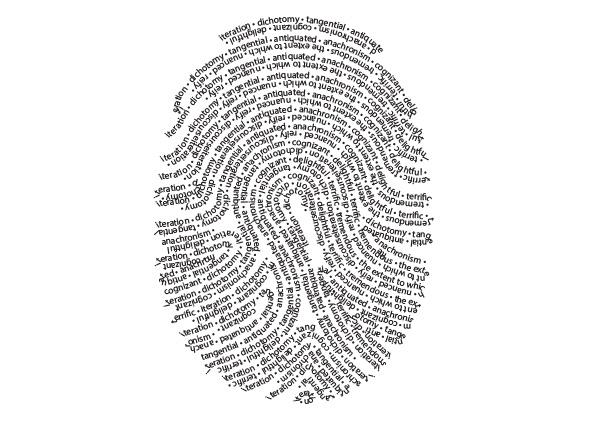
The Irreplaceable Human Fingerprint
Despite the impressive output of large language models, writing at its best remains an inherently human act. It is more than the assembly of grammatically correct sentences, it is the subtle art of selection, tone, and empathy. A story is shaped as much by what is left unsaid as by what is included.
An AI can mimic the style of Soyinka, but it cannot draw upon the African experience like he would. It can mimic the style of Ngugi, but it cannot express the pain like he would.
It can generate a poem about love, but it cannot feel the heartbreak that gives the words their aching weight. It can summarize a political debate, but it lacks the moral compass to discern a lie or the quiet significance of a gesture.
This human element which is the writer’s unique fingerprint of curiosity, conscience, and lived experience, is what breathes life into language.
The author provides the intent, the critical eye, and the required emotional need. As novelist Salman Rushdie noted in a recent lecture, "A story is a conversation with the world. An algorithm can only echo the conversation; it cannot truly join it." The AI generates a draft while the human writer provides the soul.
Copyright, Ownership, and ‘Borrowed Genius’
The question of authorship has never been just philosophical. It had been a legal battlefield where the issue of plagiarism and copyright has never been one to be taken lightly.
In a landmark 2023 ruling, the U.S. Copyright Office affirmed that works created solely by AI, without any human creative input, cannot be copyrighted. The law, they stated, protects only the "fruits of human intellectual labour."
This creates a strange paradox. At the same time, major AI companies are facing a wave of lawsuits from artists, writers, and publishers who allege that their copyrighted works were used without permission to train these very models.
The system is being fed a diet of human creativity to learn how to create, yet the outputs themselves often exist in a organised, emotionless public domain if no human "guides" them sufficiently.
Tech companies are navigating this grey area with carefully crafted terms of service. OpenAI, for instance, grants users the rights to the content generated by its models, effectively telling users, "You can own it, if you are willing to take responsibility for it."
This places the responsibility of ownership and its likely liability squarely on the shoulders of the human at the keyboard.
Beyond the Byline: A New Collaborative Era
So, where does this leave us? Perhaps the future is less about fighting for a solitary byline and more about embracing a new model of collaborative creation. The role of the writer is evolving from sole creator to creative director.
Just as the invention of photography did not kill painting but rather liberated it to explore impressionism and abstraction, AI will not erase human writers.
Instead, it will challenge us to hone skills that machines lack. The deep critical thinking, emotional intelligence, strategic oversight, and authentic voice.
The solution may lie not in hiding AI's role but in normalizing it. Disclosing the use of AI could soon become a standard ethical practice, much like citing a source or crediting an editor. In this new landscape, honesty may become the ultimate currency of credibility.
So, who gets the byline when AI writes the story? For now, the answer still points to the human, the one who posed the prompt, shaped the narrative, checked the facts, and infused the text with meaning.
But as this partnership deepens, the byline may no longer represent a single author. It may come to symbolize a new kind of creative alliance, one where the machine provides the clay, and the human sculptor brings it to life.
Recommended Articles
You may also like...
Arsenal Legend Thierry Henry to Receive Prestigious BBC Lifetime Achievement Award

Former Arsenal and France football legend Thierry Henry will be honored with the Lifetime Achievement award at the 2025 ...
Maresca's Emotional Rollercoaster: Chelsea Boss Claims 'Happy' After 'Worst 48 Hours'

Chelsea boss Enzo Maresca has clarified his previous 'worst 48 hours' comments, now expressing happiness and a deeper co...
Fallout Season 2 Shatters Records, Outperforming HBO's Last of Us!
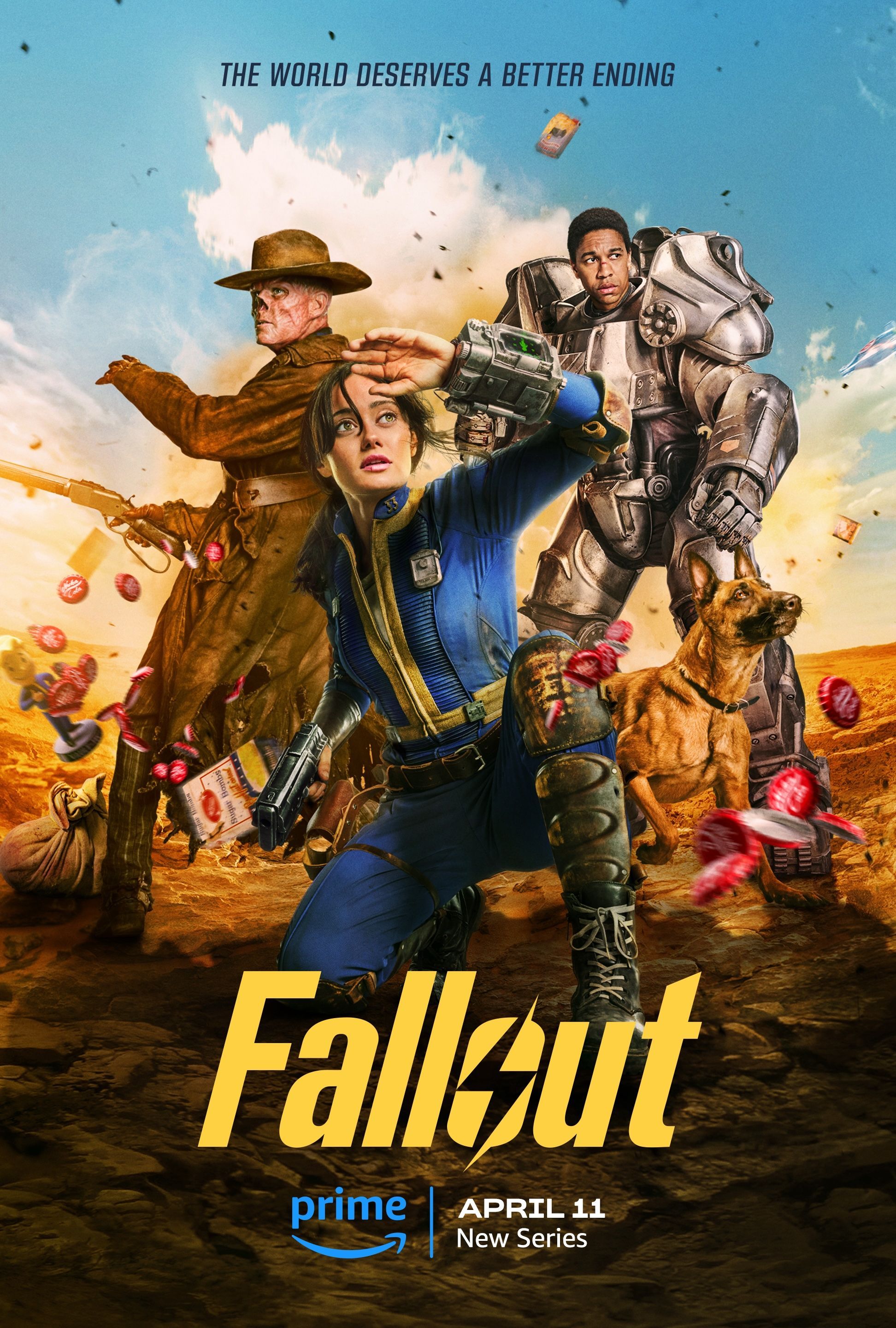
Fallout Season 2 has premiered on Prime Video to overwhelmingly positive critical and audience reception, scoring a near...
Winter Is Back! Kit Harington Hints at Massive Game of Thrones Comeback
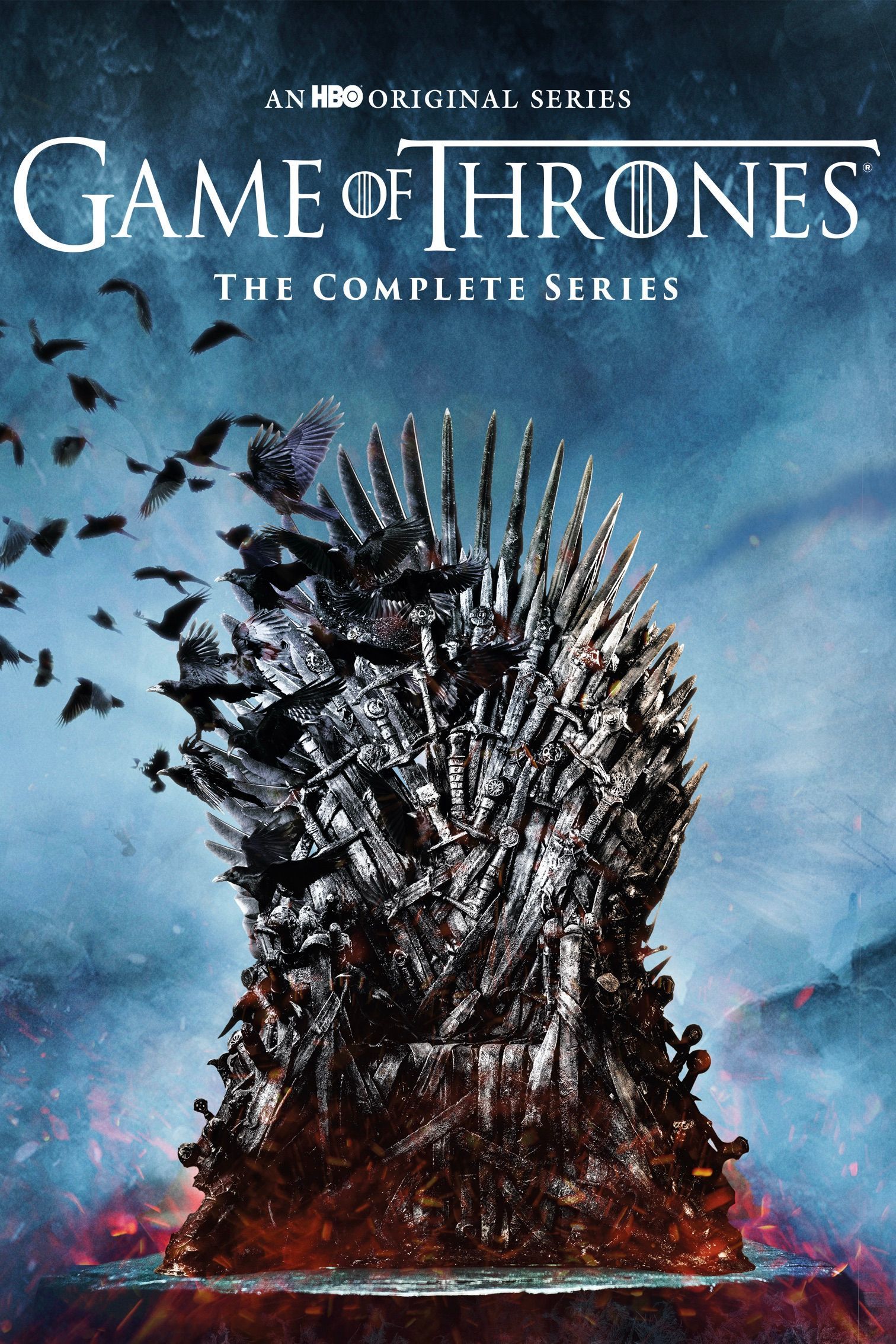
Kit Harington has definitively shut down any possibility of reprising his role as Jon Snow, stating he doesn't want to g...
Love Blossoms: Anwuli & Kennedy's Instagram Romance Leads to #HappilyEverOffor!
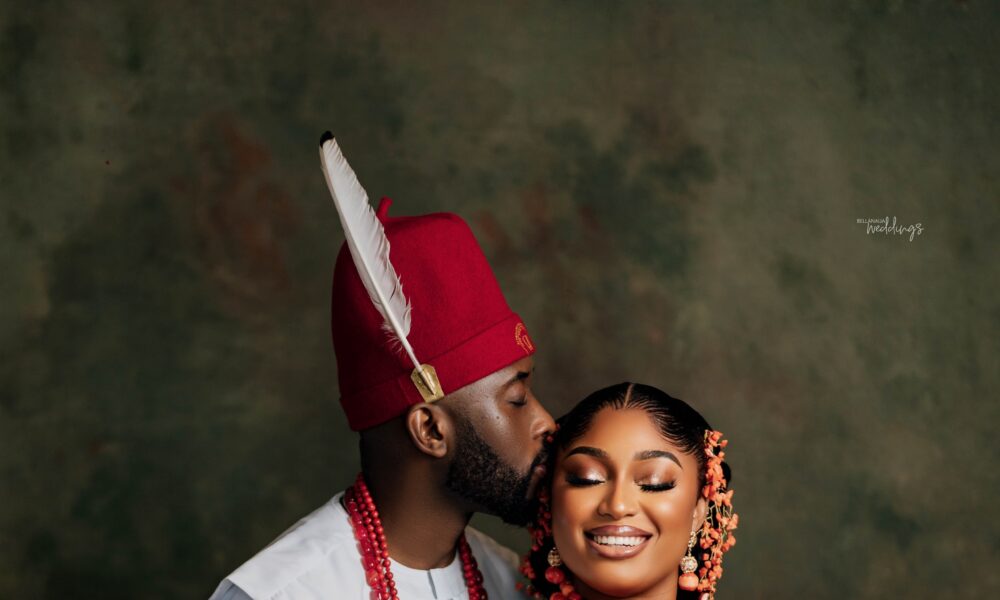
Anwuli and Kennedy's love story, sparked by an Instagram connection, led to a beautiful Igbo traditional wedding. After ...
Teyana Taylor & Lucien Laviscount Light Up the 'Spirit Tunnel' with Epic Dance Moves!
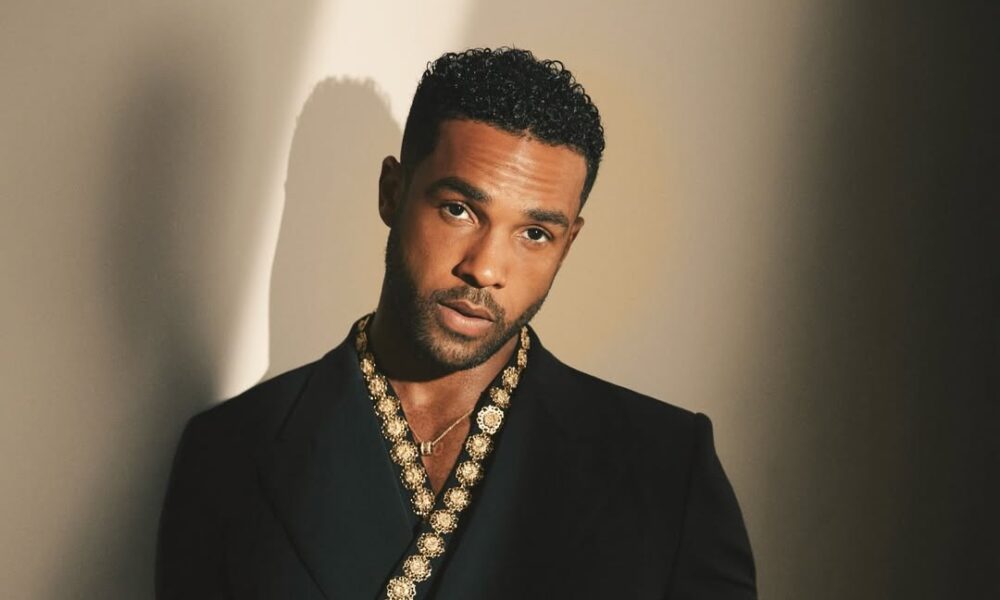
The Jennifer Hudson Show features high-energy 'Spirit Tunnel' entrances, with Lucien Laviscount making a stylish walk an...
Kenya's Billion-Shilling Travel Bill: Austerity Pledge Broken?

The Kenyan government spent nearly Sh5 billion on travel in the first three months of FY 2025/26, raising concerns about...
Shehu Sani Urges Nigerians: Shun US Travel Ban, Build Nation

The United States has enacted new travel restrictions impacting Nigerian nationals, covering both immigrant and several ...

